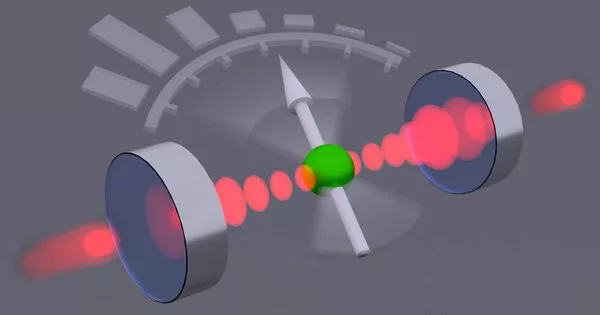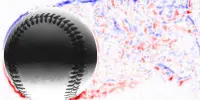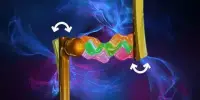Quantum physics has enabled the development of sensors with significantly greater precision than traditional electronics. Several investigations published in Nature show that entanglement created by finite-range interactions can considerably increase the precision of these quantum sensors. This boost was demonstrated by Innsbruck researchers led by Christian Roos utilizing entangled ion chains with up to 51 particles.
Metrological organizations all throughout the world keep track of time by employing atomic clocks that are based on the natural oscillations of atoms. These clocks, which are critical for applications such as satellite navigation and data transfer, have recently been improved by using greater oscillation frequencies in optical atomic clocks.
Now, scientists at the University of Innsbruck and the Institute of Quantum Optics and Quantum Information (IQOQI) of the Austrian Academy of Sciences led by Christian Roos show how a particular way of creating entanglement can be used to further improve the accuracy of measurements integral to an optical atomic clock’s function.
The interaction between neighboring particles decreases with particle distance. As a result, we harnessed spin-exchange interactions to allow the system to behave more collectively.
Raphael Kaubrügger
Measurement error halved in an experiment
Quantum system observations are always subject to statistical uncertainty. “This is due to the nature of the quantum world,” argues Christian Roos’ team’s Johannes Franke. “Entanglement can help us reduce these errors.” The Innsbruck physicists verified the measurement precision on an entangled ensemble of particles in the laboratory with the help of theorist Ana Maria Rey from JILA in Boulder, USA. The researchers entangled ions by tuning their interaction with lasers in a vacuum container.
“The interaction between neighboring particles decreases with particle distance.” As a result, we harnessed spin-exchange interactions to allow the system to behave more collectively,” explains Raphael Kaubrügger of the University of Innsbruck’s Department of Theoretical Physics.
As a result, all particles in the chain became entangled with one another, resulting in a squeezed quantum state. Using this, the physicists demonstrated that entangling 51 ions in relation to individual particles can almost half measurement errors. Previously, entanglement-enhanced sensing depended mostly on infinite interactions, limiting its applicability to specific quantum systems.

Even more accurate clocks
With their experiments, the Innsbruck quantum physicists were able to show that quantum entanglement makes sensors even more sensitive. “We used an optical transition in our experiments that is also employed in atomic clocks,” says Christian Roos.
This technique has the potential to enhance areas where atomic clocks are currently employed, such as satellite navigation or data transfer. Furthermore, these improved clocks may offer up new avenues for research such as the search for dark matter or the determination of time-variations of basic constants.
Christian Roos and his colleagues plan to put the novel approach to the test in two-dimensional ion ensembles. The most recent findings were published in the journal Nature. Researchers published extremely similar results using neutral atoms in the same issue. The Austrian Science Fund FWF and the Federation of Austrian Industries Tyrol, among others, provided financial assistance for the research at Innsbruck.
















